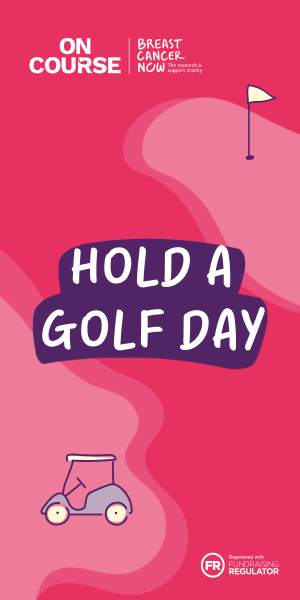There are so many different factors that can affect your game but you may only be aware of some of them. Dr Kitrina Douglas explains a simple method that will help you to find out more...
How random or organised are your plans to improve? Are your plans restricted to working at and trying to improve your technique? Or do they take in your physical potential, skills, abilities and strengths? What about the strengths and weaknesses of your course management?
Too often, it appears to me, golfers get focused on only one area of their performance without recognising that, in order to lower your handicap, there are multiple areas that need improvement.
In short, scoring well is the result of several factors coming together as opposed to one thing. Reading the greens well, concentrating, staying focused, maintaining rhythm and tempo. Of course, the aforementioned is just the beginning of what could be a long list. To really appreciate everything that contributes to a good score however it is necessary to be reminded of these factors and then form a strategy for how to improve. One way is through creating a performance profile.
To begin with, set some time aside in order to think about how you play golf. Make a list of all the things that went well when you scored well, maybe you were organised, had fruit and water in the bag, or perhaps you warmed up properly. It doesn’t matter what, but write all these things down.
If you find yourself drawn to remembering when things didn’t go to plan then use those experiences. Don’t feel silly writing things like, ‘forgot to switch the oven on’ , ‘hit the wrong club and I knew I should change clubs’ or ‘pulled a muscle climbing out of the bunker.’ It is important to understand, in a very broad sense, the numerous factors that influence scoring.
The next step is to group these factors together in a way that makes sense to you. I usually group things together by using the categories of mental, physical, technical and on course skills, but these are my categories and you shouldn’t feel restricted by what I do.
After grouping together your items the next step is to choose three or four items from each list and then give yourself a score for your current skill level at each. So, if under physical skills you had written ‘pulled a muscle getting out of a bunker’ and that occurred because you weren’t strong or flexible, you might score yourself for strength, 5, and for flexibility 4. If you wrote you were ‘distracted’ during the season and suffered continual losses of concentration, you might give yourself a 2 or 3 for concentration.
The final ingredient is to imagine how good you might become at this skill if you were to spend time working at it. So if I thought my strength and flexibility could be improved a lot I might score myself an 8 for each. The same with concentration, I might put a 9 or 10 down.
These scores show the disparity between where I am now and what I am aiming at if I work at it (flexibility 8, concentration, 9). Given the profile also shows several factors (as opposed to just swing technique) they are a reminder (especially on the bad days) that not every part of you improves at the same time and while one part may be lagging behind there are other bits to feel good about – even though your handicap hasn’t come down yet.
Remember, cuts to handicaps and scores don’t just come about because of one thing, they are the result of several skills being improved, each inched that little bit further forward, some quicker and more responsive than others.
1. To begin with, take a pack of Post-it notes and felt tip pen, then ‘brainstorm’ all the factors that influence your performance. Every time you think of something add it to a new note even if it doesn’t appear relevant.
2. Stick each Post-it’ note on the wall or a door, be sure to add all those things that put you off or make you try harder. Be as broad minded as you can be and don’t analyse them at this stage.
3. Then divide your items into groups. Try to group similar type issues together, eg, if ‘rain’ and ‘airplanes’ are things you have identified, you might group them together as things that are, ‘outside agencies’ as opposed to distracting internal thoughts. Once you have between 3-6 groups, give each item a score and then rank each item into a list, 1 - for not very important, 10 - for very important.
4. Pick the most important three skills from each group as the ones you are going to work on and score your current skill level for each. So, if you have a category called ‘mental skills’ and have concentration, attention, controlled breathing, score yourself on how skilful you are out of ten for each one.
5. You have now created a list to remind you that improvement is down to different skills and it helps you prioritise certain skills. The profile should give you an idea of where you are now, your current skill level, as well as where you might be. This profile can then be used to guide your practice, as well as give you an indication of how you are doing in each area as you try to improve these skills.
To make life easier for you, click on the link below and print out your own Personal Performance Profile:













